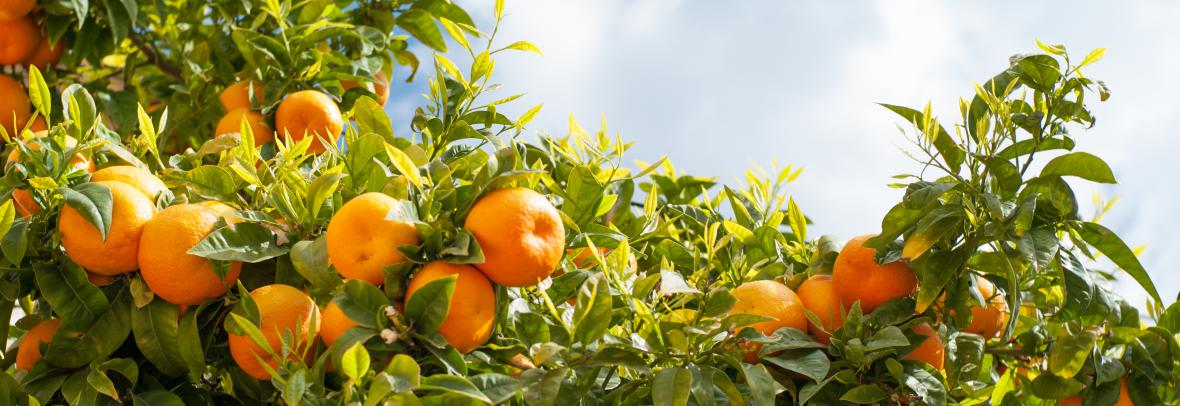
UF: With its combination of punishing wind and widespread flooding, Hurricane Ian likely caused up to $1.56B in estimated losses for Fla.’s agriculture industry.
TALLAHASSEE, Fla. – With its combination of punishing wind and widespread flooding, Hurricane Ian caused up to $1.56 billion in estimated losses for the state’s agriculture industry, according to a University of Florida preliminary assessment.
The assessment, by the University of Florida-Institute of Food and Agricultural Sciences, estimated industry losses at $786.6 million to $1.56 billion, with the largest losses for growers of vegetables and melons, citrus and horticultural crops.
“After speaking with producers and seeing the devastation of Hurricane Ian firsthand, I am saddened, but not surprised by the estimated cost of this storm,” state Agriculture Commissioner Nikki Fried said in a prepared statement Tuesday. “The impact on Florida’s affected commodities cannot be understated, especially the heartbreaking damage to Florida citrus, an industry already facing significant challenges.”
The UF-IFAS report, dated Monday, said about 4.77 million acres of agricultural land were affected by Ian, which made landfall Sept. 28 as a Category 4 hurricane in Lee and Charlotte counties and crossed the state. The storm barreled through major agricultural areas in Southwest and Central Florida, causing wind damage and flooding fields and groves.
The report included ranges of estimated damages for various types of crops and livestock production. Among other things, it estimated losses to vegetables and melons at $208 million to $393.5 million; citrus at $146.9 million to $304.3 million; and horticultural crops at $153.5 million to $297 million.
It also pointed to continuing uncertainty about the extent of damage.
“Southwest counties that got hit the hardest by Hurricane Ian have remained in rescue and recovery mode; we anticipate our assessments will not be complete for several weeks,” Christa Court, director of the UF/IFAS Economic Impact Analysis Program, said in a prepared statement. “Our preliminary estimate is a range, a wide range, to account for many of these unknowns. What isn’t destroyed might have diminished yield or quality, which will not be apparent for weeks or months, and then even more effects can appear in the long-term.”
The report said, for example, “the local severity” of damage to citrus crops “will depend on the level of fruit drop, damage to branches and impacts due to heavy precipitation and flooding. Note that major river flooding events occurred in groves that were outside of the more intense wind speed zones, which could have effects on production that are not yet known.”
The report also pointed to differing effects on vegetable and melon crops, which it said are “heavily dependent on the ability (or inability) to replant damaged or destroyed crops since many vegetable crops are close to or still in planting season in this region. Some growers delayed planting but those that had not are reporting wind damage as well as flooding, the severity of which depends on time since planting, sturdiness or hardiness of the plant and the depth and duration of flooding.”
Other estimates included $113.5 million to $221.6 million in a category that includes such things as beef and dairy cattle and egg production. The report pointed to losses related to damaged fencing, power outages and flooding.
“Animals can be killed or severely injured by flooding, flying and falling debris, destruction of shelters or loss of feed,” the report said.
The state Department of Agriculture and Consumer Services also is expected to issue storm-related findings this week.
The hurricane battered a citrus industry that had already seen steep production declines because of issues such as deadly citrus greening disease. The U.S. Department of Agriculture released a forecast last week that said Florida citrus growers during the 2022-2023 season could have the lowest production since the Great Depression – with the forecast based on surveys before the hurricane.
© 2022 The News Service of Florida. All rights reserved.
Go to Source
Author: marlam



